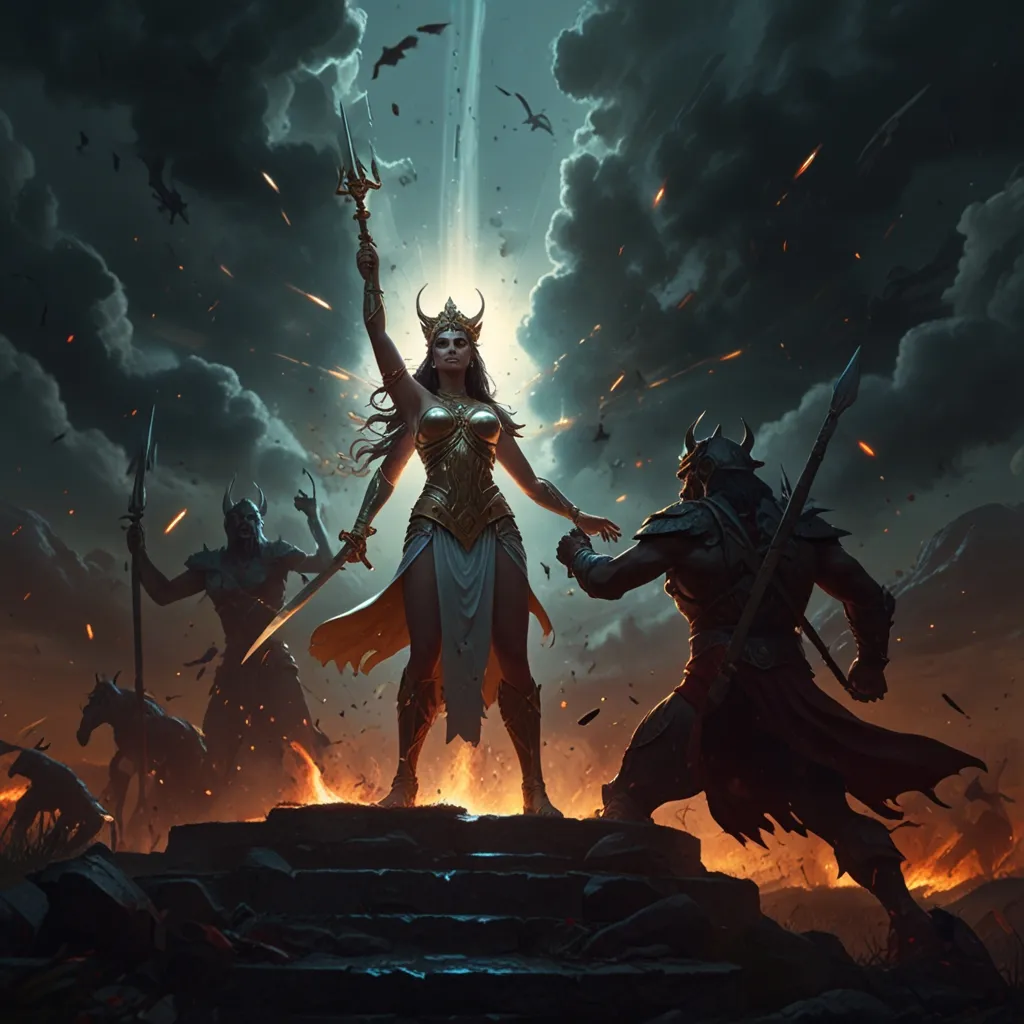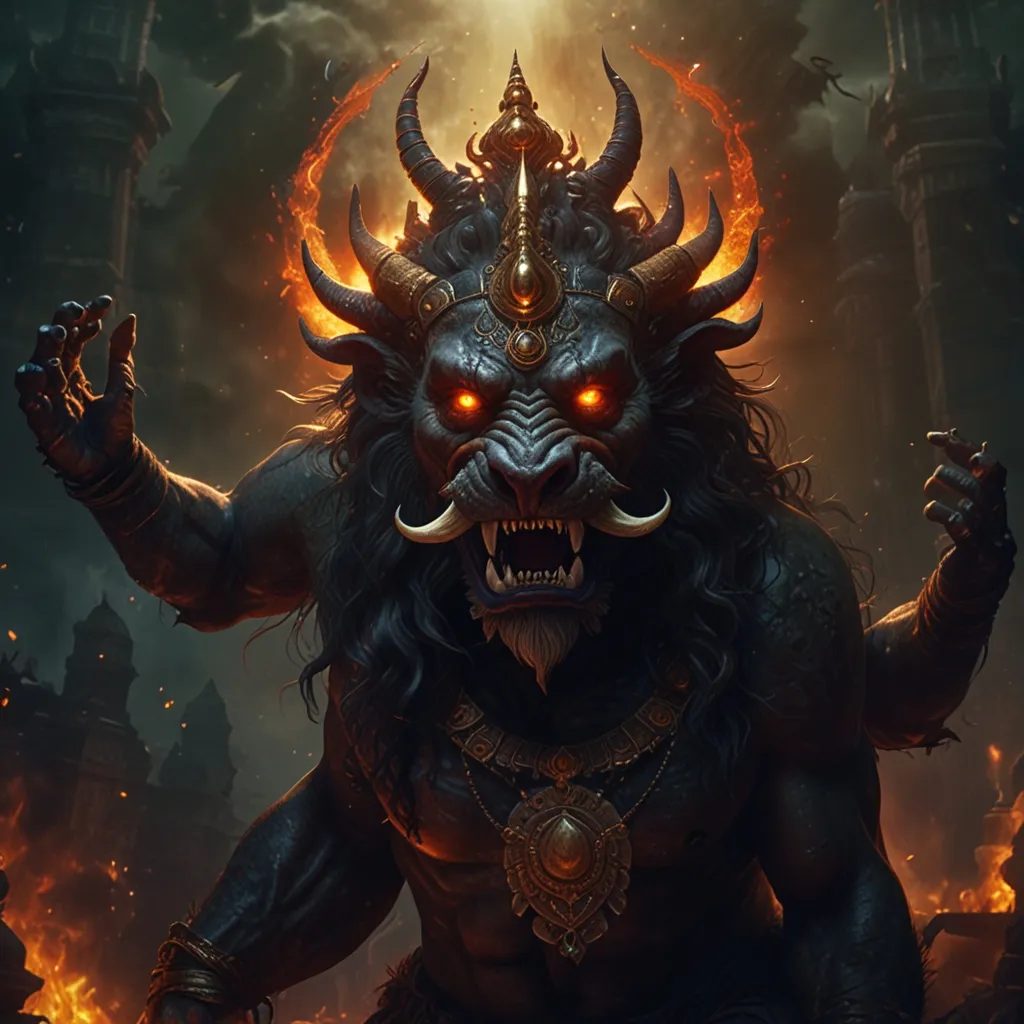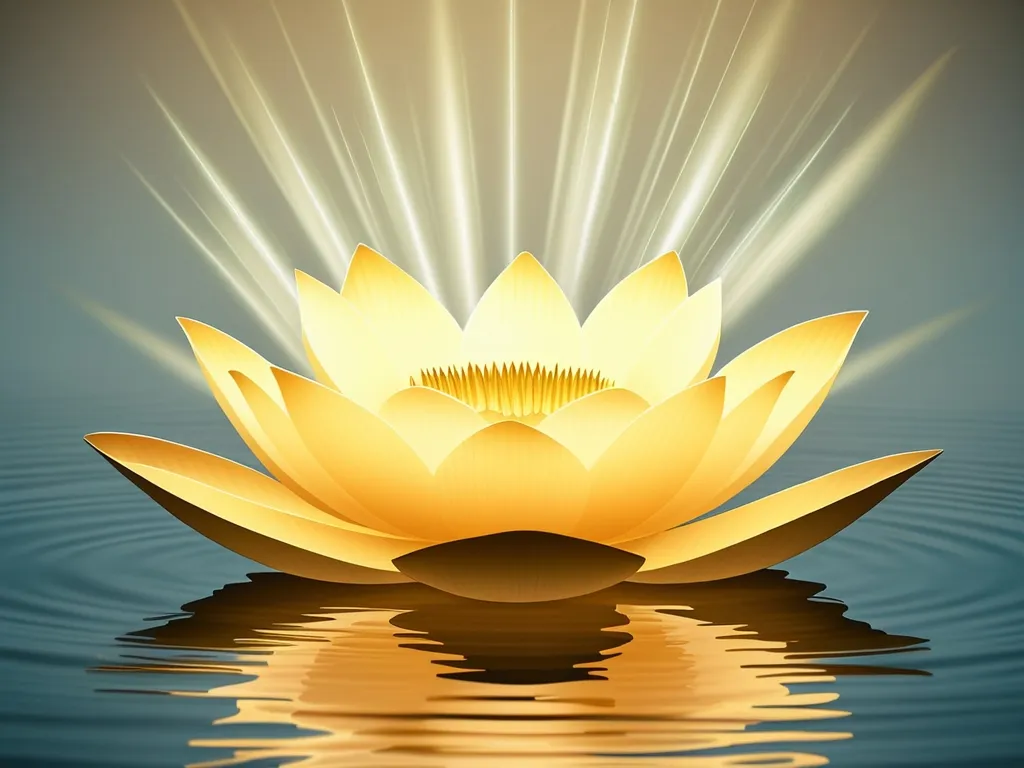Have you ever wondered how ancient minds, long before telescopes or satellites, thought about the cosmos? Whenever I leaf through the pages of the Puranas, I’m struck by how these old texts pulse with cosmic curiosity. They don’t just tell tales of gods and demons; they grapple with the very architecture of the universe in ways both poetic and oddly precise. I invite you to step with me into this world where mythology and astronomy cross-pollinate, sometimes offering glimpses of cosmic truths well before modern science glimpsed them.
Let’s begin with the idea that the universe is always in motion. The Puranas describe cycles of creation and dissolution—call them Srishti and Pralaya—that imply our cosmos isn’t fixed or eternal in a single form. Instead, worlds are born, expand, contract, and dissolve. Isn’t it fascinating that thousands of years later, physicists would propose the Big Bang, cosmic inflation, and even “Big Crunch” scenarios? The notion of an expanding and possibly rebounding universe isn’t just a modern discovery. In ancient Indian thought, time itself was cyclical: the universe expands for eons, then contracts, only to begin again. I find this cyclical model liberating, as if the cosmos itself breathes.
“Equipped with his five senses, man explores the universe around him and calls the adventure Science.” – Edwin Hubble
Next, let’s talk about time—not just clocks or calendars, but the slippery nature of time itself. The Puranas love large numbers. For instance, a single day for Brahma, the creator, is said to stretch over billions of human years. To a modern reader, this might sound fanciful, but it touches on a real scientific principle: time is not absolute. In Einstein’s theory of relativity, the passage of time depends on where you are and how fast you’re moving. The notion that different beings experience time differently, depending on their realm or state, is a startling echo of modern physics. Who can say what time truly feels like on a distant planet or, just maybe, within the mind of a cosmic being?
If you could travel to another world, would you age differently? How would you understand your own lifespan?
One of the most expansive concepts the Puranas offer is that of the “plurality of worlds.” They describe a cosmos thick with inhabited realms—seven higher worlds (lokas) above Earth, and seven below. While these are often presented as spiritual planes, the core idea is that Earth isn’t alone. When we speak today of exoplanets—planets orbiting other stars, potentially harboring life—we’re echoing a vision that’s ancient. What if those old stories were, in their own way, right? That countless worlds float through cosmic seas, each with its own destiny?
Not only do the Puranas contemplate many worlds, but they also whisper hints about planetary motion that feel surprisingly modern. Although many texts present a geocentric view (with Earth at the center), some passages recognize the gravitational centrality of the Sun. The Bhagavata Purana, for example, describes how planets move in orbits around the Sun’s sphere of influence. The language is mystical, but the substance isn’t far from the heliocentric model that Copernicus would champion millennia later. Imagine living at a time when the Sun itself was seen as a hub, not a passive lamp in the sky.
“Somewhere, something incredible is waiting to be known.” – Carl Sagan
Have you ever peered into the night sky and wondered why Mars is so red or Saturn so slow? The Puranas don’t just name the planets; they assign them personalities that match their observable traits. Mars (Mangala) is described as fiery and warlike, echoing its ruddy hue and the energy we associate with the god of war. Saturn (Shani), meanwhile, is slow and cold, mirroring its long orbit and distant, chilly realm. Rather than random associations, these descriptions show a careful relationship between visible phenomena and myth. Even today, we personify the cosmos, perhaps more than we admit.
Take eclipses. In ancient India, the Puranic explanation was mythic: Rahu, a disembodied head, swallows the Sun or Moon, causing darkness. Peel back the myth, though, and you find a core of accurate observational astronomy. The texts describe solar eclipses as the Moon passing between the Sun and Earth, and lunar eclipses as Earth’s shadow falling on the Moon. This is more than folklore; it’s an understanding that arises from observation, repeated over generations. I’m reminded that stories can be coats for scientific facts, making them memorable and meaningful.
Do you recall your first eclipse and the sudden, strange feeling the world takes on? Did you think of dragons, or did you reach for your science textbook?
Among the Puranic stories, one image stands out for me: the universe emerging from Vishnu’s navel as he sleeps amidst cosmic waters. Out of this navel springs a lotus, and from it, the creator Brahma is born. While the image is dreamlike, some contemporary thinkers see in it similarities to black holes and singularities—dense hubs from which universes could emerge. The analogy might seem far-fetched, but isn’t it striking that the concept of creation springing from an unfathomable point appears here? Black holes, after all, are places where the known laws of physics break down, possibly giving rise to new realms. The myth and the math seem to rhyme.
“The most beautiful thing we can experience is the mysterious. It is the source of all true art and science.” – Albert Einstein
It’s tempting, of course, to overstate the connections between ancient texts and modern physics. The Puranas weren’t physics textbooks. Their aim was never to predict quantum mechanics or chart exoplanets. Instead, they offered frameworks—ways to think about an unimaginably large universe, our own temporary lives within it, and the cycles that bind everything together. By using vast time scales, multiple worlds, and cosmic events, these texts stretched the imagination.
What’s often overlooked is that the Puranas reflect a deep humility before the cosmos. They don’t presume to have all the answers. Instead, they paint an intricate cosmos where time and space aren’t what they seem. This attitude, I find, mirrors the curiosity and wonder that drive science today. The more we learn, the more mysterious the universe becomes. It’s an invitation—not to finish the puzzle, but to keep turning the pieces.
If you had to explain our universe to someone with no modern tools, how would you describe it? With numbers? With stories? Or both?
When reading these old texts, several lesser-known insights emerge. For instance, the Surya Siddhanta, a companion text to Puranic cosmology, contains calculations that let ancient astronomers accurately predict planetary positions and eclipses using only basic arithmetic. The precision is astonishing given their limited technology; these calculations even allowed for the prediction of eclipses centuries in advance. Such ingenuity reveals a mathematical curiosity that rivals any modern software simulation—just slowed down to the pace of a scribe’s hand.
Another overlooked angle is the way the Puranas address the relativity of perception itself. They suggest that different beings, depending on their senses and consciousness, perceive different versions of the cosmos. Inhabitants of higher worlds experience reality in subtle ways unknown to humans. This yields an early intuition about multiple frames of reference—a concept that’s found in physics, philosophy, and even neuroscience today. Who is to say that our senses give us the only valid picture?
As I reflect on all this, I find the Puranic cosmos wide, wild, and wonderfully strange. The boundaries between myth and fact, story and science, blur beautifully. Sometimes, the old stories merely echo truths we now call scientific. Sometimes, they reach beyond, hinting at mysteries we’re only beginning to consider.
“Not only is the universe stranger than we imagine, it is stranger than we can imagine.” – J.B.S. Haldane
In the end, what makes these Puranic insights enduring isn’t their predictive accuracy or even their poetic grandeur. It’s their persistent curiosity about what lies beyond the seen, the measured, and the known. They invite us to think bigger, to wonder harder, and to welcome mystery as not a problem to be solved, but a friend to keep.
So, the next time you gaze up and see the stars wheel quietly overhead, remember: our ancestors asked many of the same questions you might ask tonight. Their answers, woven from both observation and imagination, continue to stir the human impulse to reach—across time, space, and certainty—for the next cosmic clue. Where, we might ask, does your curiosity lead you?






